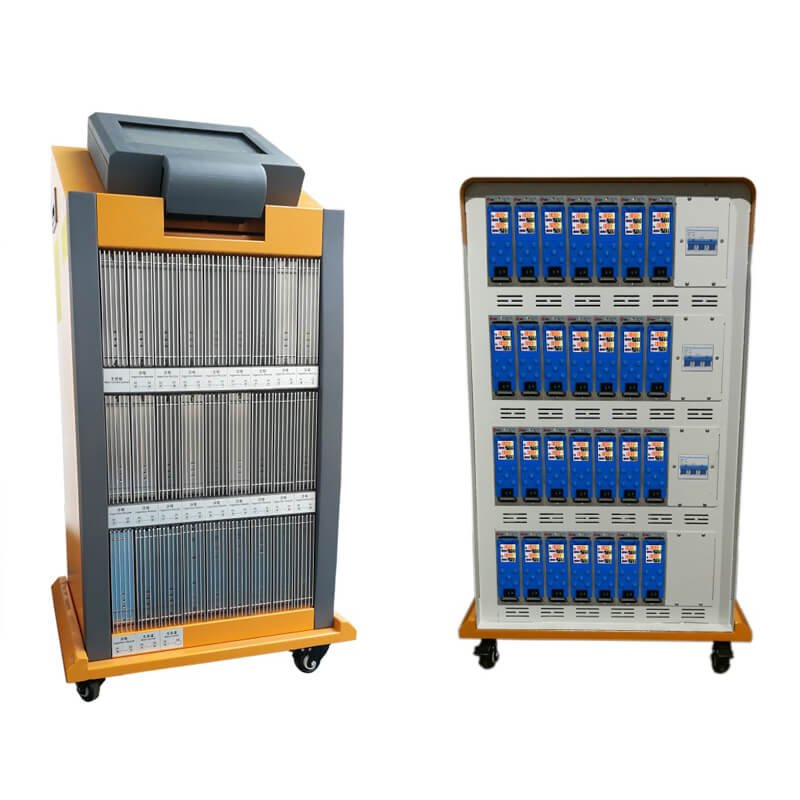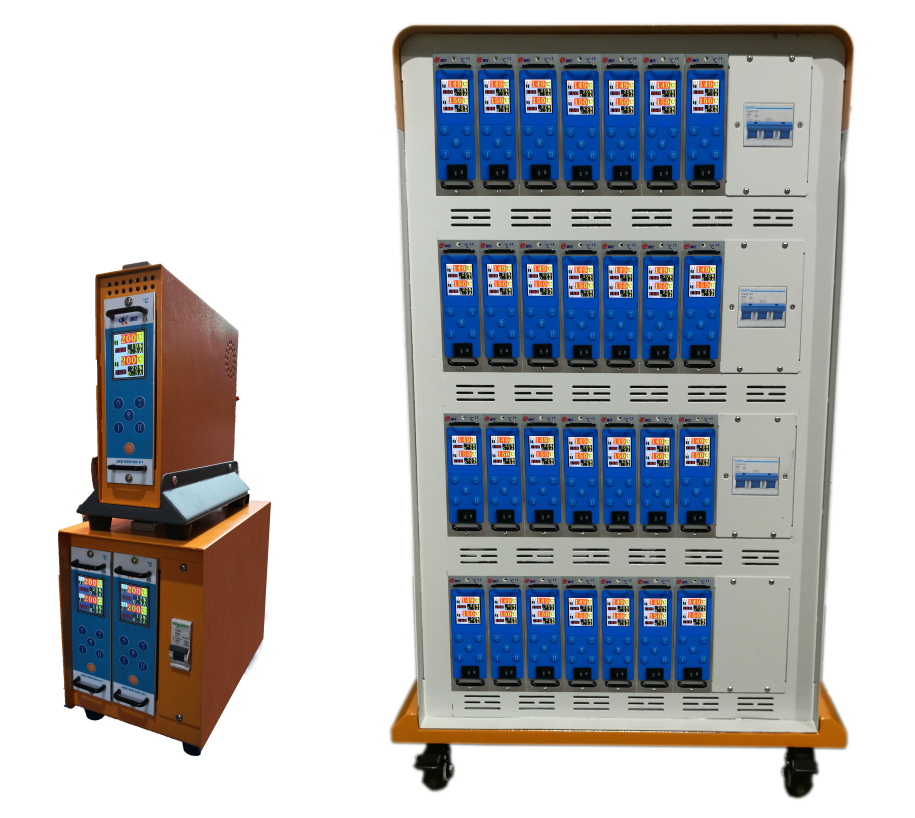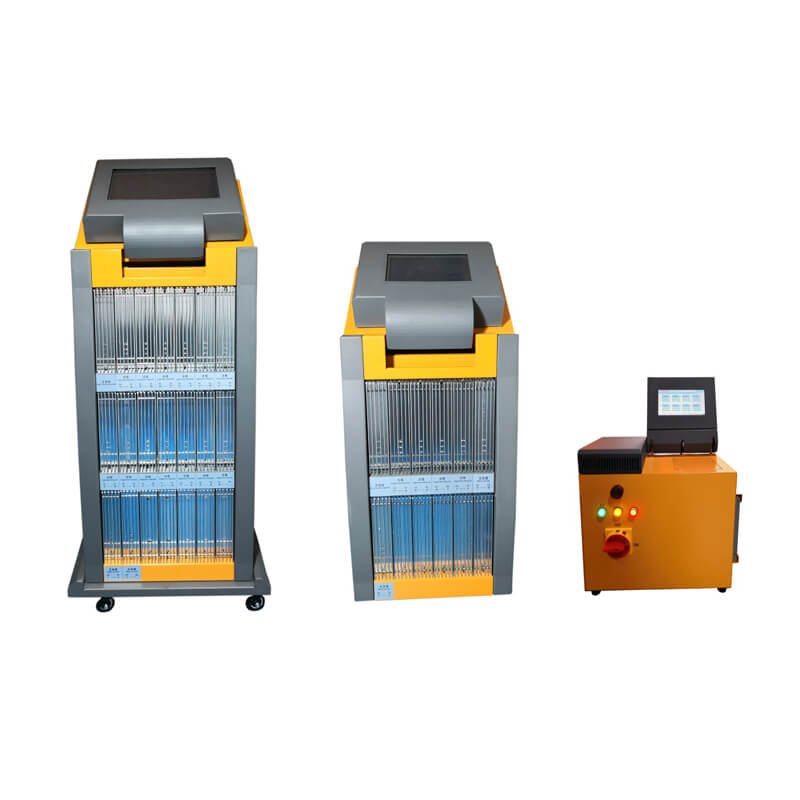
Hasteco is the Partner of JKE, who is specialized in hot runner temperature controller with great reputation in China. They develop the advanced hot runner controller together with Husky engineers and South China University of Technology. Hot runner temperature can be precisely controlled at ±0.1℃ with JKE temperature controller.
Plug in hot runner temperature controller
We offer multiple plug-in card modules to meet a wide range of customer needs. And our Mainframes are available in a wide selection of zone capacities to suit almost any control application.

Touch screen hot runner temperature controller
Our affordable touch screen controller is windows-based and offer customized number control zones and form factors.

Frequently Asked Questions
Corrugated flexible heater is bendable into all shapes, So does Hasteco tubular heater, A bending tool as bending aid is also available from Hasteco, Hasteco also provide preformed tubular heater, customers only need to provide a one-to-one drawing.
- While coil heaters and cable heaters look much the same on the appearance, there are important performance difference on the inside. The “coil” in coil heater refers to a spiraled resistance wire inside the coil heater, compared to a straight resistance wire on a cable heater
- The spiraled wire allows a higher watt density to be carried on the surface of the heater, In most nozzle heating applications, performance improvement is obtained by removing heat from the center and compensating for heat loss at the head and tip of the nozzle
- By carrying more watt density, a coil heater allows engineers to focus more heat where there is heat loss and reduce the rise in temperature in the center. This reduces cycle time, improves quality, and extends the range of plastics that can be run on a hot runner system.
- Hasteco Pressed in Brass coil heater delivers the benefits of an even heater transfer over the whole length of the nozzle because Copper has good thermal conductivity
- Press in brass coil Heater provides faster response and longer thermocouple life than traditional “cast in brass” designs due to the elimination of Molten brass temperature and air bubbles during the casting process.
- It can be done,but we do not recommend this for several reasons, first, the coil heater should actually be undersized or smaller diameter than the tool.
- Then it should be twisted in to remain very tight. Finally, when we wind the coil heaters to the required diameter they are pressed to that to help eliminate some of the spring effect.
- Apressed on sheath is brazed to the heater and sized to a slip fit tolerance. A pushed on sheath is essentially a slip on cover for the coil heater
- Hasteco recommends a pressed on sheath for best performance, thermal transfer and energy effiency.
- The range of profiles can be confusing at times, the options of height for coil heaters is important to ensure sufficient clearance of the net OD of the heater compared to the bore ID for nozzle performance
- As a rule the wider a heater,the more watt density can be applied per linear inch. Narrower widths allow for higher precision of distributing wattage across the nozzle body
- As manifold designs increasingly call for closer drops, the mini coil has emerged as a “small space claim” alternative to help designers meet objectives. Round coil heaters, the original nozzle heaters, are now primarily used for form in groove applications
- effiency.

